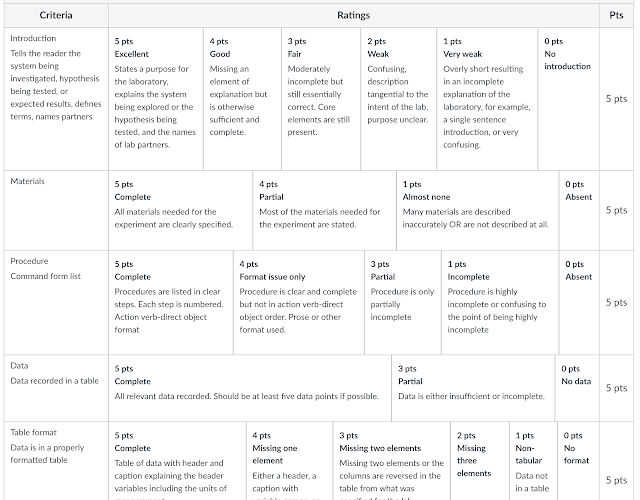Student evaluation comments summer 2023
.png)
The summer 2023 student evaluations included comments focused in four areas. Changes Needed: Please write down specific suggestions you would like to make for this Instructor. Changes Needed: Please write down specific suggestions you would like to make for this course. Changes Needed: Please write down specific suggestions you would like to make for the course materials. Other Comments 347 students had responded to the survey at the time this article was drafted. An analysis of the survey items was done earlier. The patterns seen in the 275 responses analyzed have held generally the same with the addition of 72 additional surveys. There were 794 comments made by the 347 students across all four focus areas. In the following the comments from all four areas were combined. The intent is to look for broad themes in the comments rather than specific recommendations at the instructor, course, or course materials level. The comments were divided into three categories. One category



